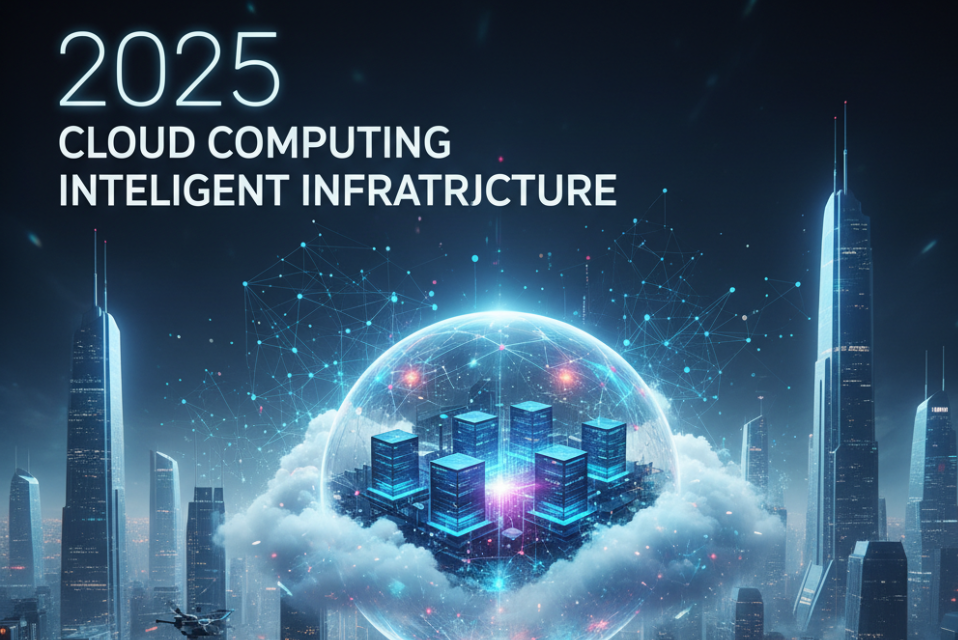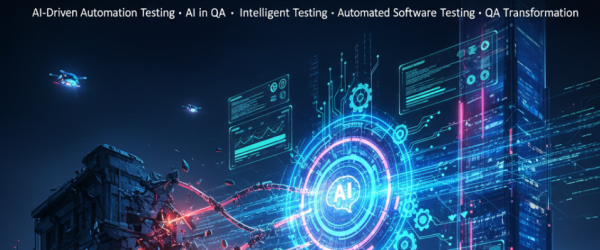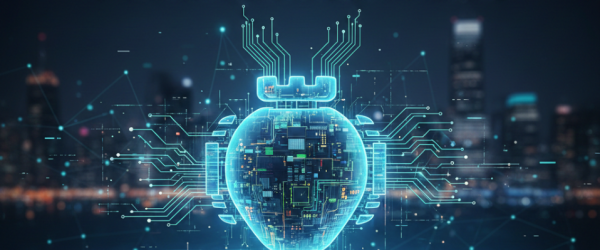Introduction
Cloud computing is entering its next evolutionary phase. The past decade was defined by migration—moving applications and data off-premises. The current era, leading into 2025, is defined by intelligence—embedding Artificial Intelligence (AI) directly into the operational fabric of the cloud itself.
The future of the cloud is not just scalable; it is self-optimizing and autonomous. This fundamental transition from manual management to Intelligent Infrastructure is mandatory for enterprises seeking to reduce the “complexity tax” and maintain a competitive edge. This shift, driven by technologies like AIOps and predictive analytics, is rapidly redefining IT efficiency.
1. The Necessity of AIOps for Predictive Scaling
By 2025, relying on traditional, reactive auto-scaling will be a significant competitive disadvantage. The market has saturated the utility of simple elasticity; the new goal is prediction.
AIOps (Artificial Intelligence for IT Operations) moves beyond setting static threshold alarms. It analyzes massive datasets, including historical usage, application performance metrics, and even external factors like marketing campaigns, to forecast demand fluctuations before they occur.
- Financial Impact: According to recent market analysis, organizations that integrate AIOps for capacity planning are realizing average cloud cost reductions of 20% to 35% by minimizing resource over-provisioning (Gartner, 2024).
- Performance: Predictive scaling ensures resources are allocated precisely when needed, leading to a significant reduction in latency. A study on AI-driven load balancing showed a 40% improvement in application response time during peak traffic events compared to rule-based systems (ResearchGate, 2025).
2. Autonomous Defense: Security as a Service
As more complex, multi-cloud environments become the norm, the attack surface expands. Human security teams cannot possibly monitor and correlate the sheer volume of logs and behavioral data generated by modern systems. AI provides the necessary autonomy to secure this scale.
By 2025, intelligent infrastructure will rely on Autonomous Security mechanisms:
- Behavioral Anomaly Detection: Instead of relying only on known signatures, AI establishes a baseline of “normal” behavior for every user and system. It instantly flags deviations—such as an unexpected data access pattern or an unusual geographic login—that indicate a zero-day or insider threat.
- Self-Healing and Containment: The next-generation cloud doesn’t just alert; it takes action. AI models can automatically revoke credentials, isolate compromised workloads, and quarantine network segments upon detecting a high-confidence threat, all without human intervention. This capability is critical, as the average time to contain a breach still hovers near 70 days (IBM Security, 2024). AI reduces this containment time to milliseconds.
3. The Hybrid Future: Intelligence at the Edge
Cloud infrastructure is no longer confined to centralized data centers; it is extending its intelligence outward to the edge. Edge computing is essential for use cases requiring ultra-low latency, such as manufacturing automation, IoT fleet management, and real-time medical monitoring.
By 2025, intelligent infrastructure will unify the operational model across these diverse footprints.
| Infrastructure Type | Primary Challenge | AI’s Role in 2025 |
|---|---|---|
| Public Cloud | Cost optimization and over-provisioning. | Predictive AIOps and resource automation. |
| Edge Compute | Latency and intermittent connectivity. | Localized AI models for real-time inference and decision-making. |
| Hybrid Environment | Unified governance and workload placement. | Intelligent Orchestration—automatically placing workloads on the most compliant, cost-effective resource (cloud or edge). |
Conclusion: The Self-Driving Cloud
Cloud Computing 2025 is defined by the shift toward a self-driving, autonomous infrastructure. This requires an AI-first strategic mindset, treating AI not as an add-on, but as the underlying intelligence layer of every IT function.
For organizations navigating this new era, success hinges on two things: migrating complexity to AI models and empowering human teams to focus on strategic innovation. The Intelligent Cloud is no longer optional; it is the essential platform for delivering hyper-efficient operations and resilient business growth.







